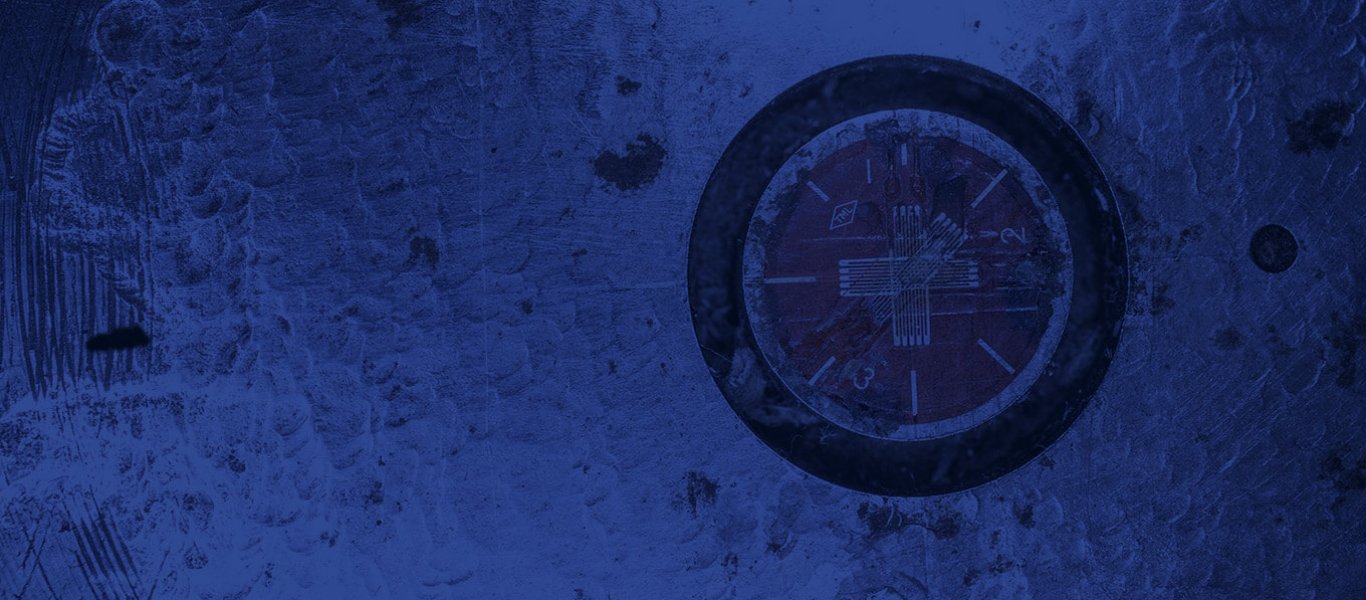Ring Core Technique
The Ring Core (RC) technique, also known as the Trepan technique, is a semi-destructive, mechanical strain release (MSR) technique used to measure near-surface stresses.
The technique involves cutting an annular groove into a component and the resulting surface strain relaxation within the central core is measured at predetermined depth increments using a strain gauge rosette (SGR) or optical methods. The surface strain relaxation is then decomposed into residual stresses for each depth increment using numerically determined influence coefficients (from Finite Element Analysis). Typically, depths are limited to 5mm for a standard 14mm diameter core, but the use of different strain gauges and groove geometries will permit changes in total measurement depth. In the past the RC technique was mainly used to measure ‘uniform’ stress profiles to a depth of 5mm or less, however with recent advancements in analysis techniques and the development of a core removal procedure these depths have been extended to 25mm.

Schematic of the SGR arrangement and central core during the RC technique.
The bi-axial residual stresses measured (i.e. σxx, σyy and τxy) are an average of those acting across the cross-section of the central core. They can be calculated from the incremental strain measurements to provide either a single set of bi-axial results averaged over the total depth drilled or a variation in bi-axial residual stresses with depth drilled. The most commonly used analysis methods are the Incremental and Integral methods, with the Integral method providing the most accurate results.

Photo of the SGR and central core after the RC technique.
Procedure of the Ring Core Technique:
The basic experimental procedure is as follows:
- Prepare (e.g. smooth and degrease) the component surface at the measurement location.
- Glue the RC strain gauge rosette to the component and attach the lead wires.
- Waterproof/encapsulate the SGR to ensure they are not damaged by the EDM fluid (not necessary for mechanical cutting).
- Align the RC machine with the SGR. Thread the lead wires from the SGR through the electrode/cutter and connect to a strain gauge recorder.
- Trepan the core in a series of increments.
- Measure the hole depth and record the strain gauge readings for each increment trepanned.
- After the process is complete make further measurements to check the cut depth and alignment to strain gauge, and make adjustments to the analysis procedure where appropriate.
- Analyse the depth and strain gauge data to calculate the residual stress distribution.

Finite element simulation of the Ring Core technique (sectional view).
Advantages of the Ring Core technique:
- Semi-destructive – enabling repeated residual stress measurements at many different stages in component life;
- Laboratory or “on-site” measurements;
- Bi-axial residual stress distribution measured (e.g. σxx, σyy and τxy), including stress gradients;
- Capable of accurately measuring high magnitude residual stresses within the first 5mm of depth measured;
- Applicable to a wide range of materials, both metallic and non metallic;
- Indifferent to grain structure/texture of the component material;
- Nominal accuracy: 10MPa – Aluminium, 30MPa – Steel, 15MPa – Titanium;
- Relatively quick and easy to apply the process;
- Very price competitive with respect to the depth of measurement made;
- Trepanning releases 90% of the residual stresses around the strain gauge, giving more responsive strain profiles, higher strain to noise ratios and hence increased accuracy over ICHD;
- Not sensitive to eccentricity between the SGR and trepanned annulus.
Disadvantages of the Ring Core Technique:
- Semi-destructive – the resultant hole might need to be re-filled or a mock-up be provided;
- Depth of measurement usually limited to 5mm, however up to 25mm can be measured with core removal, although is more difficult to apply and analyse;
- σzz is not measurable;
- A moderately flat surface for attaching the SGR is required, so application on complex shaped components is limited;
- Strain gauges used are susceptible to noise and require surface preparation;
- Heavily reliant on good strain response curves;
- Inaccuracies due to stresses being relieved at depths, but strains measured at the surface.
References and Further Reading:
- Ajovalasit, A., Petrucci, G., Zucarello, B. “Determination of Nonuniform Residual Stresses Using the Ring-Core Method”, Journal of Engineering Materials and Technology, Volume 118, Issue 2, pp 224-228, 1996.
- Zuccarello, B. “Optimization of depth increment distribution in the ring-core method”, Journal of Strain Analysis for Engineering Design, Volume 31, Number 4, pp 251-258, 1996.


